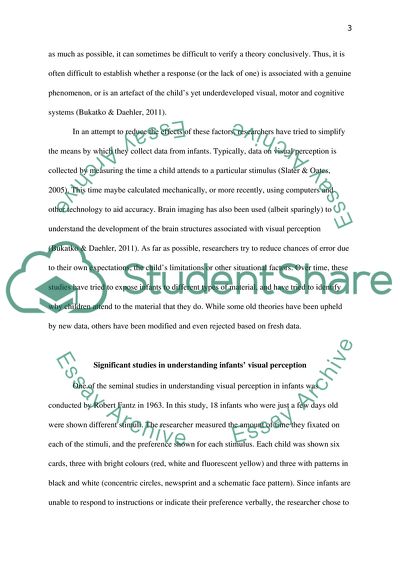Cite this document
(The Development of Infants Visual Perception During the First Year of Coursework, n.d.)
The Development of Infants Visual Perception During the First Year of Coursework. https://studentshare.org/psychology/1795733-discuss-the-evidence-from-research-into-the-development-of-infants-visual-perception-during-the-first-year-of-life
The Development of Infants Visual Perception During the First Year of Coursework. https://studentshare.org/psychology/1795733-discuss-the-evidence-from-research-into-the-development-of-infants-visual-perception-during-the-first-year-of-life
(The Development of Infants Visual Perception During the First Year of Coursework)
The Development of Infants Visual Perception During the First Year of Coursework. https://studentshare.org/psychology/1795733-discuss-the-evidence-from-research-into-the-development-of-infants-visual-perception-during-the-first-year-of-life.
The Development of Infants Visual Perception During the First Year of Coursework. https://studentshare.org/psychology/1795733-discuss-the-evidence-from-research-into-the-development-of-infants-visual-perception-during-the-first-year-of-life.
“The Development of Infants Visual Perception During the First Year of Coursework”. https://studentshare.org/psychology/1795733-discuss-the-evidence-from-research-into-the-development-of-infants-visual-perception-during-the-first-year-of-life.


